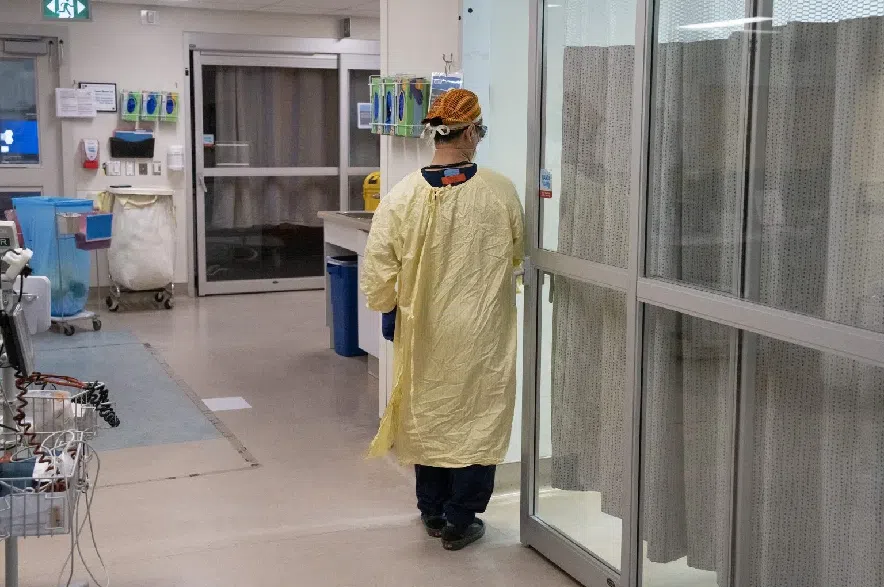Sepsis is the most common cause of death in hospital intensive-care units around the world, but a new discovery by researchers at the University of Saskatchewan could help improve outcomes for those patients.
Dr. Scott Widenmaier, an associate professor of anatomy, physiology and pharmacology at the university’s college of medicine, has “zeroed in on a specific protein that might be key to helping the body fight back against the potentially life-threatening condition,” the university said on Friday.
Read more:
- Health officials warn more people are being bitten by bats across Sask.
- Canora man charged with criminal negligence after carbon monoxide poisoning: RCMP
- ‘Shocking’ number of Sask. nurses considering leaving profession: Survey
Manipulating the protein could offer a new method to protect patients from sepsis, which occurs when an immune system response to an infection causes damage to the body.
“Sepsis can cause damage to organs like the heart, kidney, and lungs,” Widenmaier said in a statement.
“It can also cause liver dysfunction, and when this occurs, the liver is not able to properly perform its functions that are useful in helping the body deal with an infection.”
Traditional treatments for sepsis focus on the underlying infection, but Widenmaier said recent research indicates that the body has a built-in disease-tolerance mechanism that can be harnessed to help the body protect itself from damage.
“In other words, when disease tolerance is working well, the process of killing the infection won’t cause the person to get nearly as sick and preserve healthy organ function,” the university explained.
Widenmaier and his research team identified a liver protein called NRF1, which the university said acts as a “molecular switch” to help the body control its disease response. When the protein is over-expressed (meaning the body’s production of it is increased beyond normal levels) it allows the liver to secrete a particle known as very low-density lipoprotein, which helps protect the organs against damage from sepsis. In experimental models, over-expressing the protein improved responses to infection and protection against sepsis.
Their findings were recently published in Cellular and Molecular Gastroenterology and Hepatology.
“Our lab is very interested in finding ways to either pharmacologically or genetically manipulate NRF1 to promote health,” Widenmaier added.
“I’m interested in continuing those connections and trying to strengthen them, and hopefully we can find a place where clinicians and our lab can benefit from the science.”
According to the university, the next step in the process is to determine how feasible the new pathway is for treatment and determine whether it is still active “in conditions where sepsis is very common.”
While human trials are a ways off, Widenmaier said he and his team of colleagues, students and trainees want to “delve deeply” into the new area of study.











